Aechmea caudata and friends.
stanofh 10a Hayward,Ca S.F. bay area
6 years ago
Featured Answer
Sort by:Oldest
Comments (7)
stanofh 10a Hayward,Ca S.F. bay area
6 years agoRelated Professionals
Brentwood Landscape Architects & Landscape Designers · Jennings Landscape Architects & Landscape Designers · Zion Landscape Architects & Landscape Designers · Middletown Landscape Contractors · Barrington Landscape Contractors · El Mirage Landscape Contractors · Lemay Landscape Contractors · Sugar Hill Landscape Contractors · Tinton Falls Landscape Contractors · New Carrollton Landscape Contractors · Norridge Landscape Contractors · Fort Worth Fence Contractors · Nampa Fence Contractors · Poway Siding & Exteriors · San Diego Siding & Exteriorssplinter1804
6 years agostanofh 10a Hayward,Ca S.F. bay area
6 years agostanofh 10a Hayward,Ca S.F. bay area
6 years agosplinter1804
6 years ago
Related Stories
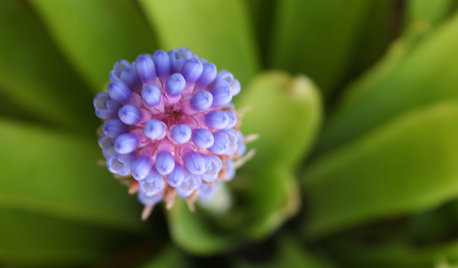
GARDENING GUIDESBromeliads: The Ultimate Collector’s Plants
Once you discover bromeliads’ exotic beauty, wide-ranging colors and intriguing patterns, you’ll never go back
Full Story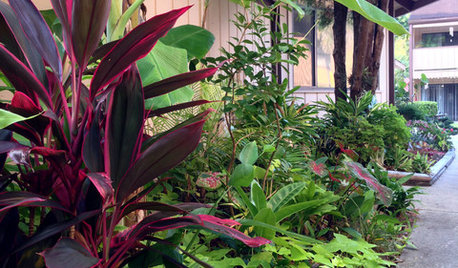
GARDENING GUIDESA Mom, a Garden and a Gift for the Neighbors
Gardening can be therapeutic in unexpected ways. See how one gardener found peace and purpose in a patch of Florida soil
Full Story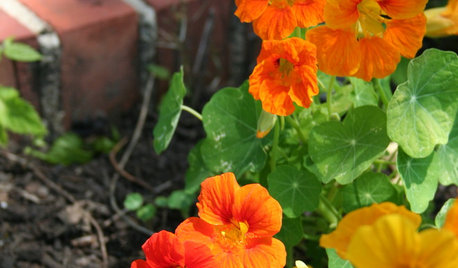
GARDENING GUIDESDon’t Let These Excuses Keep You From Gardening
Stop blaming your lack of experience, space, time and funds, and get on with the joy of garden making
Full Story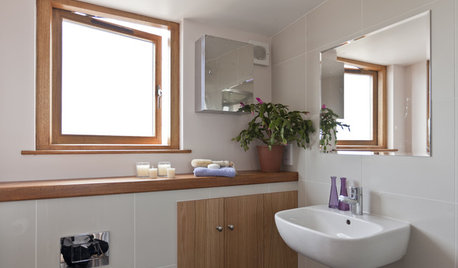
HOUSEPLANTS7 Favorite Indoor Plants for West-Facing Windows
These houseplants, and many more, thrive in the bright sun of a window that looks to the west
Full Story






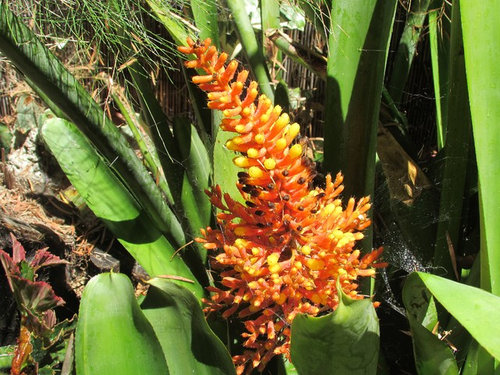


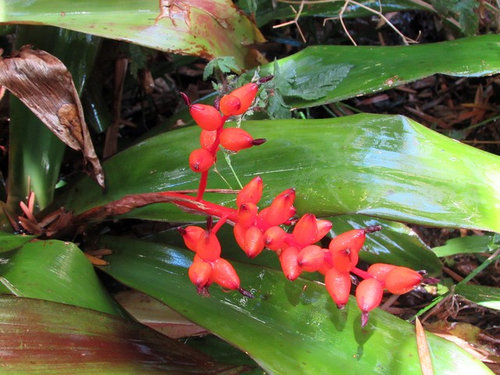

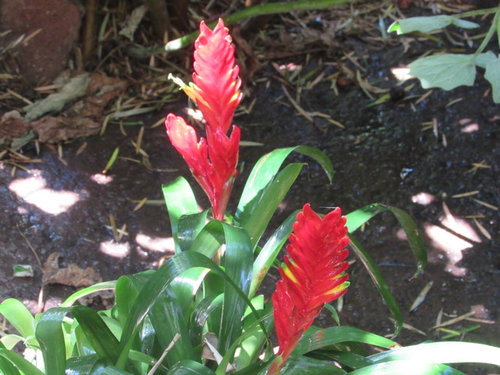


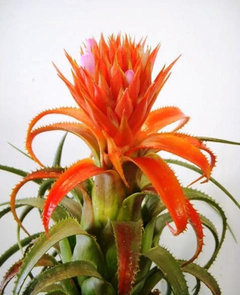
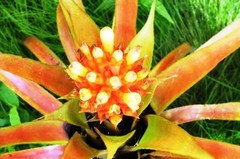



splinter1804